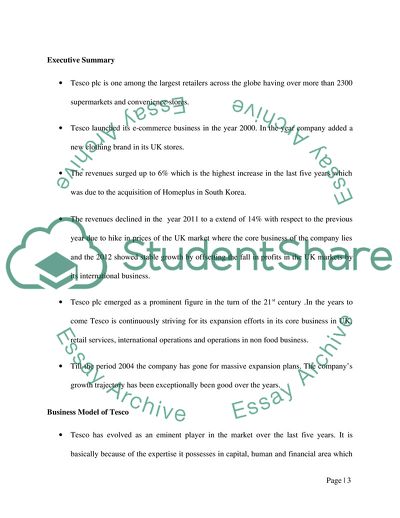Cite this document
(Five- Year Report for Tesco PLC Essay Example | Topics and Well Written Essays - 2000 words - 1, n.d.)
Five- Year Report for Tesco PLC Essay Example | Topics and Well Written Essays - 2000 words - 1. https://studentshare.org/finance-accounting/1792202-five-year-report-for-tesco-plc
Five- Year Report for Tesco PLC Essay Example | Topics and Well Written Essays - 2000 words - 1. https://studentshare.org/finance-accounting/1792202-five-year-report-for-tesco-plc
(Five- Year Report for Tesco PLC Essay Example | Topics and Well Written Essays - 2000 Words - 1)
Five- Year Report for Tesco PLC Essay Example | Topics and Well Written Essays - 2000 Words - 1. https://studentshare.org/finance-accounting/1792202-five-year-report-for-tesco-plc.
Five- Year Report for Tesco PLC Essay Example | Topics and Well Written Essays - 2000 Words - 1. https://studentshare.org/finance-accounting/1792202-five-year-report-for-tesco-plc.
“Five- Year Report for Tesco PLC Essay Example | Topics and Well Written Essays - 2000 Words - 1”. https://studentshare.org/finance-accounting/1792202-five-year-report-for-tesco-plc.


